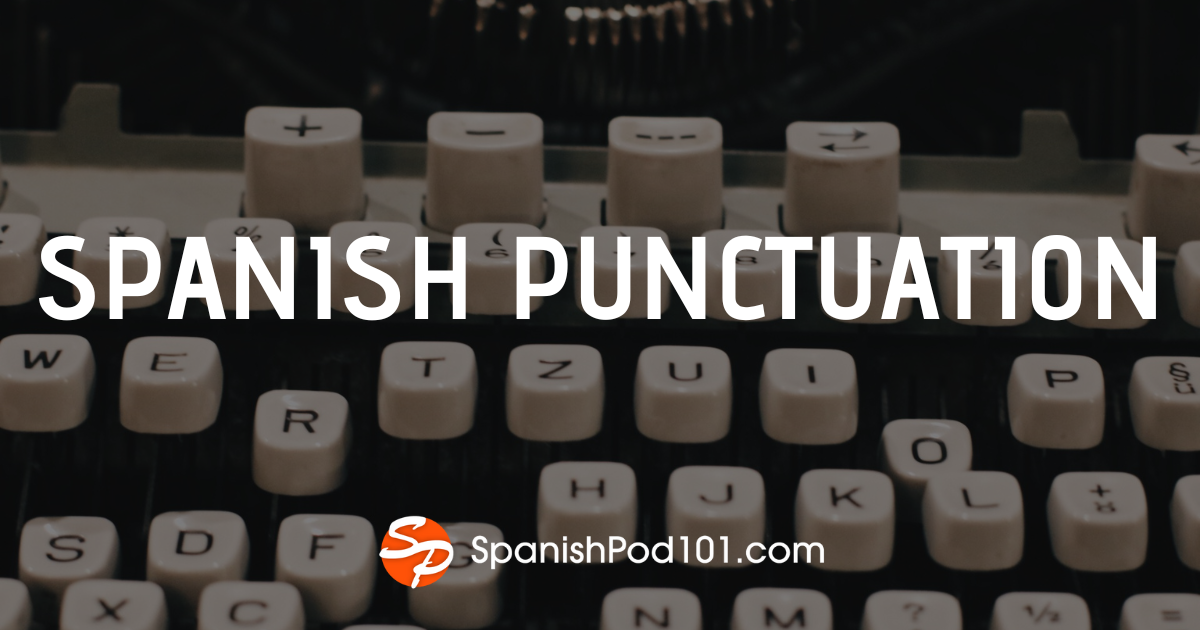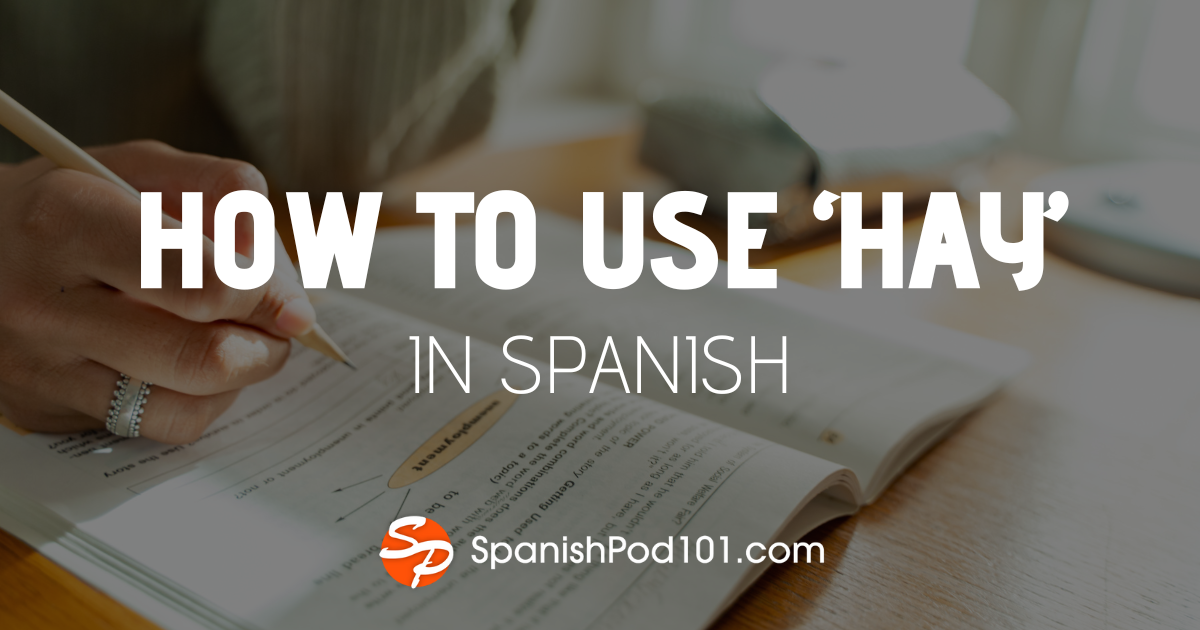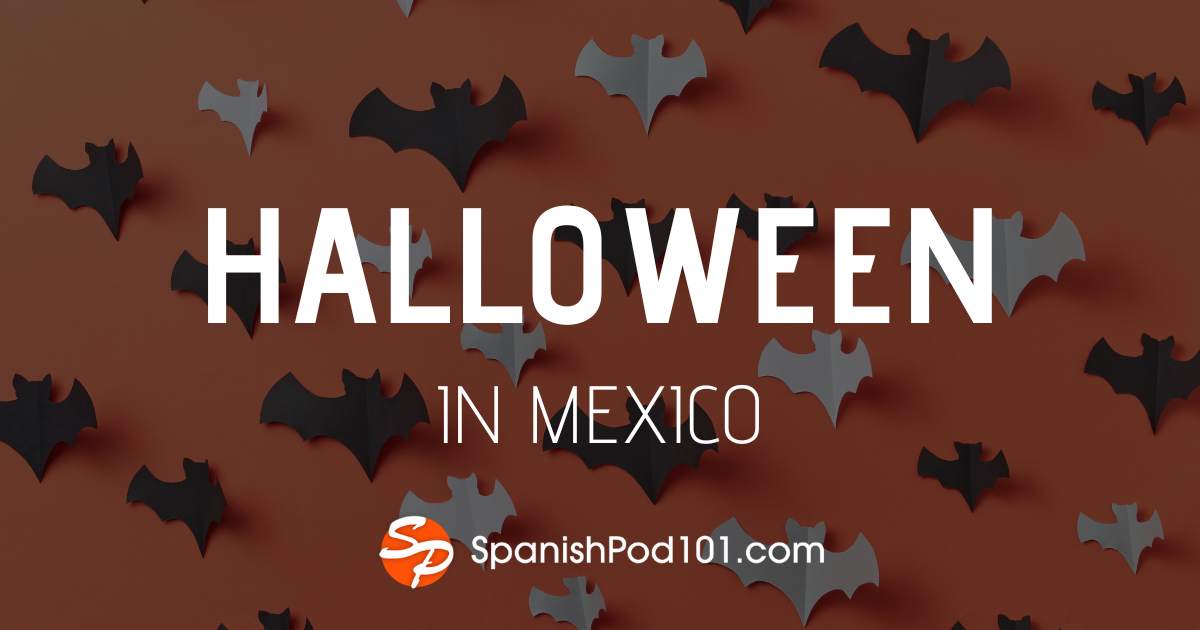The way you think about and react to death has a lot to do with how you were raised. Your cultural background, religious beliefs, life experiences, and many other factors can all play a role in your perception of death.
The Día de Muertos (“Day of the Dead”) in Mexico is a festival steeped in the beliefs of many cultures, and it focuses on the joyous occasion of the living and dead reuniting. In this article, you’ll learn all about the Day of the Dead, from its history to how it’s celebrated today.
Let’s get started!

1. What is the Day of the Dead?

The Day of the Dead festival is an annual three-day celebration in Mexico, beginning on October 31 and ending on November 2. Each of these three days has its own meaning and traditions, though the overarching theme is that of reuniting with loved ones who have passed.
Day of the Dead History
Day of the Dead originated from the beliefs and traditions of the Aztecs and other nearby cultural groups of the time. The Aztecs believed that death was a natural part of one’s existence and should not be viewed solely as a sad event. Rather, death was the beginning of another journey, consisting of nine levels that would lead the deceased person to The Land of the Dead (Chicunamictlán) upon completion. The Aztecs celebrated a month-long holiday each year, dedicated to the goddess Mictecacihuatl, during which they offered necessities like food and beverages to their deceased loved ones.
Interestingly, ancient European and Spanish cultures held similar pagan celebrations. Today, the Day of the Dead festival is a colorful culmination of celebrations from the Aztecs, Europeans, and Spaniards, combining pagan traditions with a more religious mindset (influenced by the introduction of Católico [“Catholic”] beliefs in the country).
- →Check out our Religion vocabulary list to learn the names of different religions in Spanish.
2. Day of the Dead Traditions & Celebrations

As mentioned, each of the three days of the Day of the Dead festival has its own meaning and traditions. These are as follows:
- October 31 – It’s thought that at midnight, the real world and the spirit world become one, allowing the dead to visit the living.
- November 1 – This day is called Día de los Inocentes, which means Day of the Innocents. This is when children who have passed are able to visit their families for twenty-four hours.
- November 2 – This is what most people think of when they hear “Day of the Dead.” This is when adults who have passed may visit their family, friends, and loved ones.
October 31 is also Halloween in some countries, and people often confuse Day of the Dead with Halloween. But they’re really two separate holidays! If you’re looking forward to this spooky holiday in your own country, check out our vocabulary list of The Scariest Must-Know Words for Halloween.
Traditions for the Festival
The Day of the Dead in Mexico is a colorful and joyous occasion.
Beginning on or around October 31, children and their families begin celebrations by making and decorating an altar (“altar”) for their deceased loved one. Common Day of the Dead decorations include orange marigolds and painted skulls. The marigolds are believed to help the deceased person’s espíritu (“spirit”) find their way to the celebration, due to their bright color and strong scent. The skulls are lovingly crafted to reflect the personality of the deceased person.
They may also prepare an ofrenda (“offering”) of the person’s favorite foods. Popular Day of the Dead foods include tamales, mole, pulque, and a traditional Mexican drink called atole. There’s also a special bread made for the festival, called pan de muerto (“bread of the dead”), which is normally a round piece of bread that’s covered in sugar. On Day of the Innocents, the families of deceased children offer gifts of candies, chocolate, honey, and even toys, on the child’s altar and tumba (“grave”).
Many Mexicans travel to their hometowns for the festival, which allows them to reconnect with their living family and join them in reuniting with their deceased. Family members may partake in many of the same foods they’re offering to the deceased, and it’s not uncommon for friends of the family or other people of the community to gather together in celebration and feast. Further, Mexicans will visit the gravesites of their deceased and present offerings and prayers there, as well.
You’re probably familiar with Day of the Dead costumes. In light of the celebrations and festivities, many Mexicans dress up in colorful skeleton costumes, often based on La Calavera Catrina (“Dapper Skeleton”). This is a character created by José Guadalupe Posada to depict the average upper-class women of the time, many of whom had chosen to follow European traditions over those of the indigenous people. Many people also wear masks or makeup to give their face a dark and skeletal appearance.
- →Feel free to study our Mexican Food and Must-Know Autumn Vocabulary lists to learn new words and get in the spirit of things!
3. Catholic Influence on Day of the Dead

Earlier, we mentioned that Day of the Dead consists of traditions and beliefs from different cultures. This is reflected in how the three festival days correspond with three Christian holidays. Do you know which ones?
- October 31 corresponds to Noche de Todos los Santos (“All Saints’ Eve”)
- November 1 corresponds to Día de Todos los Santos (“All Saints’ Day”)
- November 2 corresponds to Día de Todas las Almas (“All Souls’ Day”)
You can also see Catholic influence in the prayers offered for the deceased, as well as the use of rosary beads and other religious symbols in the observations.
4. Essential Day of the Dead Vocabulary

Let’s review some of the vocabulary words from this article so you can start talking about the Day of the Dead in Spanish!
- Noviembre (“November”)
- Católico (“Catholic”)
- Espíritu (“Spirit”)
- Santo (“Saint”)
- Ofrenda (“Offering”)
- Altar (“Altar”)
- Tumba (“Grave”)
- Día de Todos los Santos (“All Saints’ Day”)
- Día de Muertos (“Day of the Dead”)
- La Calavera Catrina (“Dapper Skeleton”)
Remember that you can find each of these words and their pronunciation on our Day of the Dead vocabulary list.
Final Thoughts
The Day of the Dead is a fascinating culmination of different cultural perspectives, yet maintains its status as a defining Mexican tradition. We hope you learned something new about this popular holiday, and that you’re inspired to keep learning about Mexican culture and the Spanish language.
For more useful information, see the following pages on SpanishPod101.com:
- A Hero’s Cry – Mexican Independence Day
- Día del Trabajo: Celebrating Labor Day in Mexico
- Día de la Bandera: Celebrating Mexican Flag Day
- SpanishPod101’s Guide to Etiquette in Spanish-Speaking Countries
- Ultimate Guide of Untranslatable Spanish Words
And there’s a lot more where that came from! If you’re serious about becoming fluent in Spanish, sign up for your free lifetime account today. You’ll be speaking Spanish in minutes and fluent before you know it!
Before you go, let us know in the comments how your culture perceives death. How do you perceive it as an individual? We look forward to hearing what you have to say.










